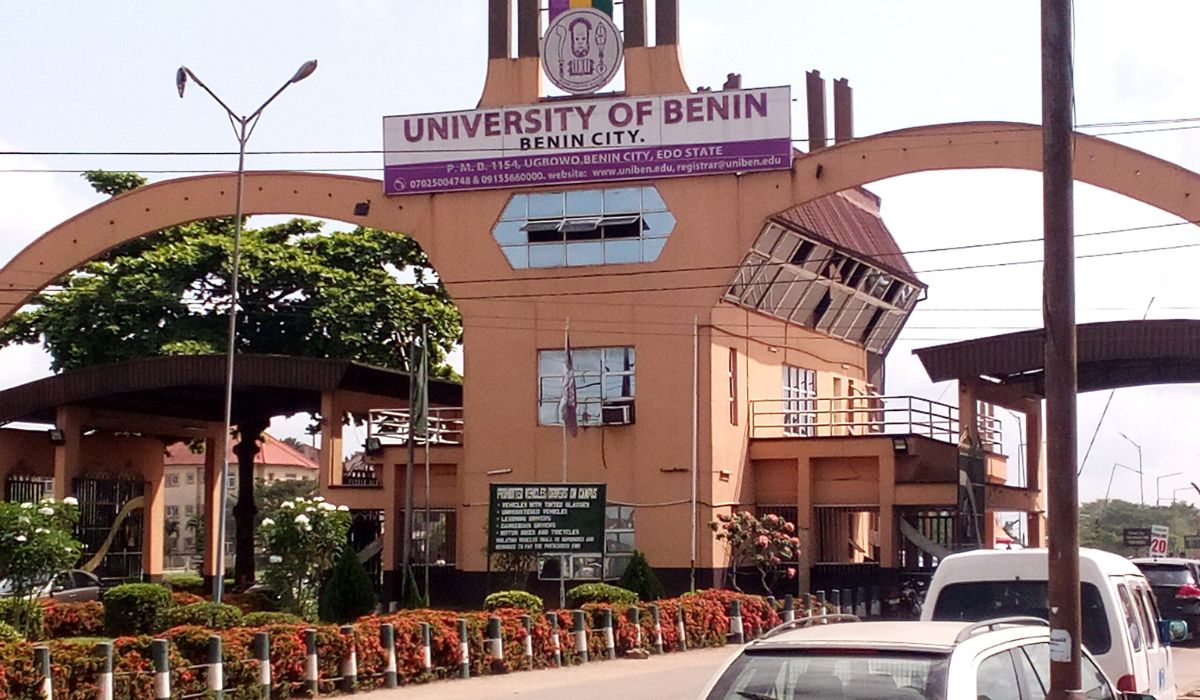By Brianna Bennett
Copyright greaterbelize

Discovering St. Herman’s Blue Hole: Belize’s Hidden Gem
While the world marvels at Belize’s Great Blue Hole, there’s another natural sinkhole tucked away in Saint Herman’s Blue Hole National Park. It’s perfect for swimming, hiking, and discovering ancient Maya history, all within a protected area managed by the Belize Audubon Society. Our Zenida Lanza takes us there to uncover what makes this park a favorite for locals and tourists, in tonight’s edition of Belize on Reel.
Zenida Lanza, Reporting
“You’ve likely heard of the Great Blue Hole in the Caribbean Sea, which is about four hundred feet deep, but have you heard of the Blue Hole located in St. Herman’s National Park which is only twenty-five feet deep and is a good place for swimming?”
Back in the 1960s, this area was privately owned land where locals would come to cool off with a swim. That all changed in 1986, when over five hundred acres of land were officially declared a protected area. Today, it’s managed by the Belize Audubon Society, a non-governmental organization that co-manages seven of the country’s most diverse protected areas, including St. Herman’s Blue Hole National Park.
Dwayne Pech, Protected Areas Manager, Belize Audubon Society
“At Belize Audubon, we do have several programs, and each program is responsible for certain activities. We do have the protected areas program. We do have the research and monitoring program, and we have the environmental conservation programs. In terms of protected area management program, we are responsible of the day-to-day operations of the park.”
Each year, more than fifteen thousand visitors arrive at the park. Entrance is just two dollars for Belizeans and eight for international guests. The park is home to over two hundred resident and migratory bird species, and used for recreation, education, and research. But its main attraction remains the Blue Hole itself.
Steven Coc, Assistant Site Manager
“Right here is where all of the water exits. The Blue Hole, how it formed is by a collapsed cave. So if you notice we have the exit here and then right at the back we have like a cave. So that used to be a cave. So what happens is during the flow of constant water eventually it became weak, the ceiling collapse. So that’s why we have the blue hole.”
Some have even speculated that St. Herman’s Blue Hole is connected to the Great Blue Hole in the Caribbean Sea. We asked a protected areas manager at the Belize Audubon Society about this.
Dwayne Pech
“Is the in land Blue Hole connected to the Great Blue Hole? And the answer is no. They are two complete different ecosystems. So, the Inland Blue Hole is freshwater, and the Greater Blue Hole is saltwater. So that is the major differences between both. And of course the distance, they are way apart from each other.”
The park is also home to Belize’s second largest cave system, stretching nearly half a mile. Inside, visitors can spot ancient Maya artifacts, hinting that the caves were once used for sacred rituals.
“So back in the days, the ancient Mayas used a cave system. They find caves like this for some religious purposes. So they will come inside, you know, they will do their sacrifice, their offering, and then they will exit the cave with a hope that something successful will happen to them. So inside this cave, you can find some potteries, you can find some bone fragments, but mostly you will find inside the other cave found here at St. Herman’s, which would be the crystal cave, you will find a skull, a complete skull. So that means the ancient Mayas used this cave as a place of worship, a place of sacrifice, or burial, or some sort of religious activity.”
Located at mile forty-two on the Hummingbird Highway in the Cayo District, the park encourages visitors to eat only in designated areas and not feed the wildlife. Whether hiking, cave tubing, bird watching, or swimming in the little Blue Hole, this hidden gem offers visitors a chance to fully immerse themselves in nature. Reporting for News Five, I’m Zenida Lanza.



